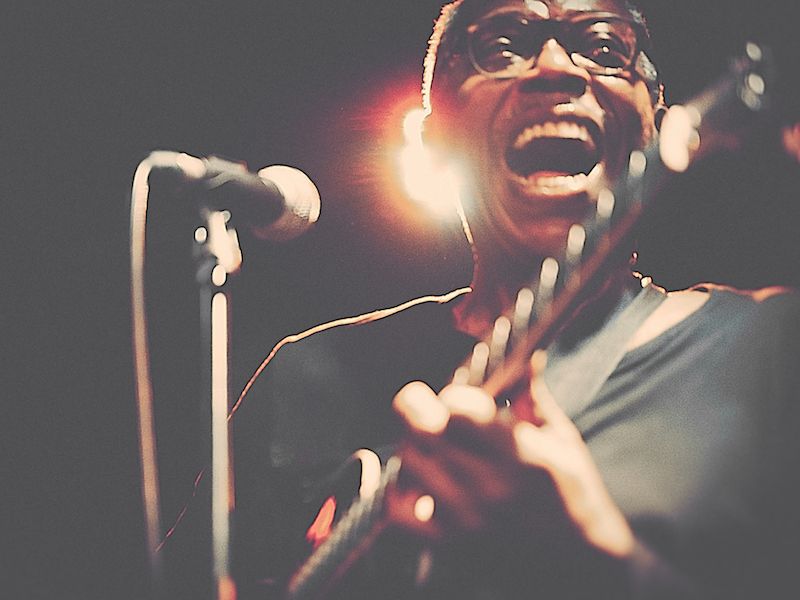
Do you turn the volume up when your favorite tune comes on the radio? Many people do that. There’s something intuitive about pumping up the jam. And it’s enjoyable. But there’s one thing you should understand: it can also cause some appreciable damage.
In the past we weren’t familiar with the relationship between music and hearing loss. Volume is the biggest concern(this is based on how many times each day you listen and how extreme the volume is). And it’s one of the reasons that many of today’s musicians are changing their tune to protect their hearing.
Musicians And Hearing Loss
It’s a fairly famous irony that, when he got older, classical composer Ludwig van Beethoven was hard of hearing. He was only able to hear his compositions in his head. On one occasion he even needed to be turned around to see the thunderous applause from his audience because he couldn’t hear it.
Beethoven might be the first and most famous example of the deaf musician, but he definitely isn’t the last. In more recent times many musicians who are well known for playing at very loud volumes are coming out with their stories of hearing loss.
From Neil Diamond to Eric Clapton to will.i.am, the stories all sound amazingly similar. Being a musician means spending nearly every day stuck between blaring speakers and deafening crowds. The trauma which the ears experience on a daily basis gradually brings about noticeable harm: tinnitus and hearing loss.
Even if You’re Not a Musician This Could Still be a Problem
You may think that because you aren’t personally a rock star or a musician, this might not apply to you. You don’t have millions of adoring fans screaming for you (usually). And you’re not standing in front of a wall of amplifiers.
But you do have a couple of earbuds and your chosen playlist. And that can be a real problem. Thanks to the contemporary capabilities of earbuds, pretty much everyone can enjoy life like a musician, inundated by sound and music at way too high a volume.
The ease with which you can expose yourself to detrimental and continuous sounds make this one time cliche grievance into a substantial cause for worry.
So When You’re Listening to Music, How Can You Protect Your Ears?
So, the first step is that we admit there’s an issue (that’s usually the first step, but it’s especially true in this case). People are putting their hearing in peril and have to be made aware of it (particularly more impressionable, younger people). But you also need to take some further steps too:
- Get a volume-checking app: You are probably unaware of the actual volume of a rock concert. Wherever you find yourself, the volume of your environment can be assessed with one of many free apps that can be downloaded to your smartphone. In this way, when harmful levels are reached you will know it.
- Use ear protection: When you go to a rock concert (or any sort of musical show or event), wear earplugs. Your experience won’t be diminished by using ear plugs. But your ears will be protected from further harm. (Incidentally, wearing ear protection is what most of your favorite musicians are currently doing to safeguard their hearing, so even the cool kids are doing it).
- Manage your volume: If you go above a safe volume your smartphone might alert you. If you care about your long-term hearing, you should adhere to these warnings.
Limit Exposure
In a lot of ways, the math here is quite straight forward: the more often you put your ears at risk, the more substantial your hearing loss later in life could be. Eric Clapton, for instance, has entirely lost his hearing. He likely wishes he begun wearing earplugs a little bit sooner.
Limiting exposure, then, is the best way to limit damage. For musicians (and for people who happen to work around live music), that can be tricky. Ear protection may provide part of a solution there.
But keeping the volume at practical levels is also a smart idea.